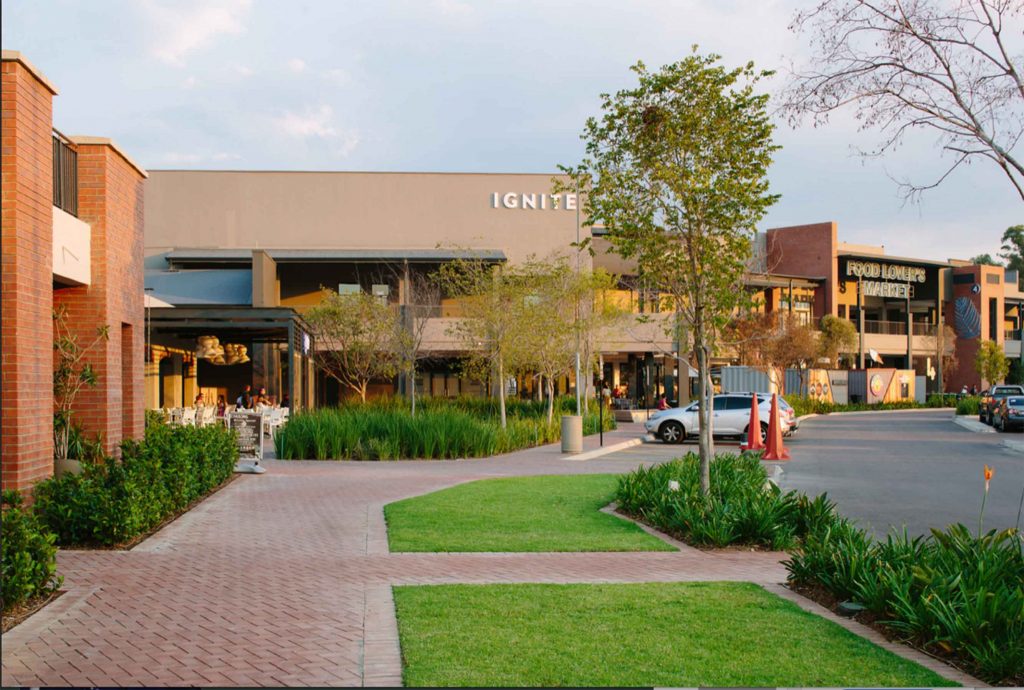Business Day Commercial Property
Reimagining The Retail Space
Online shopping, social media and now the COVID-19 pandemic have changed how and where we shop and how we socialise. Large shopping malls that were once “one-stop shops” filled to capacity over weekends are now experiencing less foot traffic as consumers opt to visit smaller localised shopping centres or enjoy e-commerce shopping from the comfort of their homes.
But while retail spaces, particularly large malls, are experiencing a decline in foot traffic, they are not doomed relics, say the experts. Landlords need to rethink how to best meet consumer’s needs.
How are consumer habits influencing design trends?
Jason McCormick, CEO of Exemplar, says that the impact of COVID-19 has been and will continue to be felt not only in the retail space, but also in all public spaces. However, design trends not related to the pandemic are being introduced to retail spaces. “From a purely retail point of view, early indications are that the open-air retail spaces and convenience centres have bounced back quicker than the larger, more confined enclosed malls, as consumers appear to feel more comfortable in spacious, well-ventilated areas.
“From a design perspective, there has been a collective shift towards increasing natural light and creating a feeling of large, voluminous space,” he explains. “This trend, while already in existence pre-pandemic, has been strengthened. There is also a continued focus on creating engaging, dynamic (increasingly digital) experiential spaces within nongross leasable areas such as walkways and courtyard spaces. This is a trend that holds immense potential to change the existing retail landscape.”
Shopping differently
Sean Pearce from MDS Architecture says: “In the retail space, we are seeing that consumers want to shop differently; they are also looking for greater speed and efficiency. The trend towards ‘click and collect’ where people order online, park in designated bays and collect their purchases, will likely become a more common feature of shopping centres in the future. Touchless technology will also start to become the norm. Online tenants are also looking for physical space in malls to add to the customer’s experience and provide more flexibility. Pick-up and drop-off lockers have also become new tenants in malls, allowing people without proper addresses to collect their orders and ‘experience’ the mall’s convenience factor.”
Innovative thinking
“I think tenancy is going to dictate some of the design trends we will see in the next few years, says Pearce. “Tenants want greater flexibility and developers/landlords are also catering for smaller businesses with more flexible leases. Pop-up stores, for example, allow tenants to get on their feet before committing to longer leases.”
He says that retail spaces like Ferndale on Republic and Riverside Shopping Centre in Johannesburg are examples of centres that incorporate both open-public space and external-facing stores.






 Sign-up and receive the Business Media MAGS newsletter OR SA Mining newsletter straight to your inbox.
Sign-up and receive the Business Media MAGS newsletter OR SA Mining newsletter straight to your inbox.